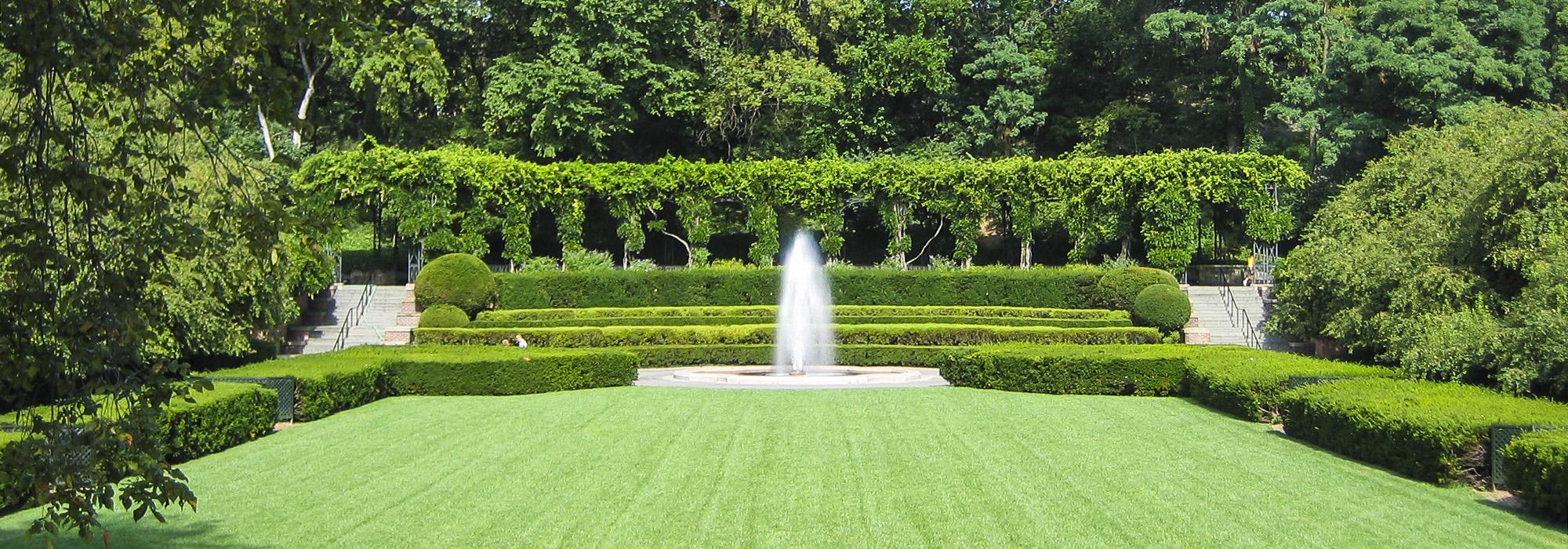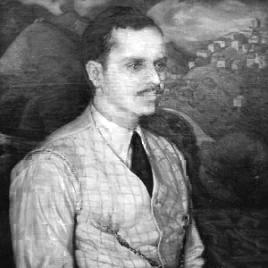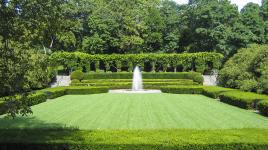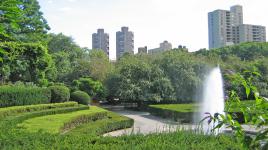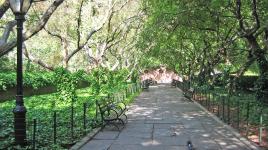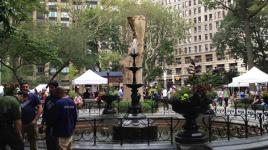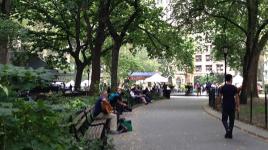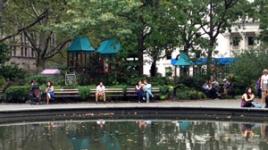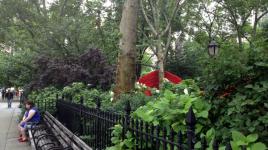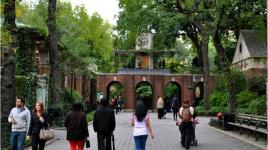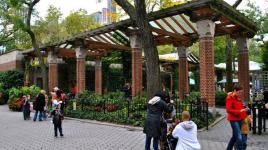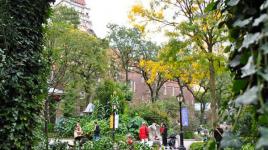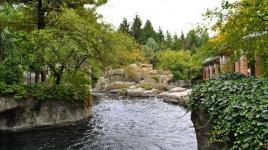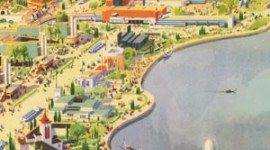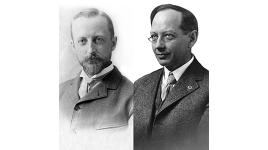Pioneer Information
Brazilian by birth, Drees spent the majority of his long career in New York, working on the Central Park Conservatory Garden and other landscapes in the city.
Born in Porto Alegre, Brazil, Price immigrated to the U.S. at sixteen to study agriculture at Ohio State University. An interest in landscape architecture led him to Harvard University, where he earned an M.L.A. in 1926. Following graduation he joined Olmsted Brothers, working on campuses and private residences from 1927 to 1932. In 1929 he travelled to Italy as the first Kate Lancaster Brewster Fellow in Landscape Architecture at the American Academy in Rome. Returning from Europe in 1932, he worked briefly as a forester for the Civilian Conservation Corps until Gilmore Clarke recruited him to the New York City Department of Parks and Recreation. His projects there include the Central Park Zoo, Madison Square Park, Astoria Park, and other smaller parks. He also designed the Conservatory Gardens in Central Park in 1934, part of a team with M. Betty Sprout and Gilmore Clarke. Price is credited with developing the initial site design, including the terracing, circulation, and architectural elements.
Price completed the most significant work of his career as a staff member for the 1939 World’s Fair Commission. Considered a Brazilian landscape architect, he developed plans for Lucio Costa’s conceptual sketch for the Modern garden at the Brazil Pavilion, which was designed by Oscar Niemeyer. At the conclusion of the Fair he worked with Fair architects Stephen Vorhees and Ralph Walker until he was called to service in World War II. After the war he rejoined Vorhees, Walker, Smith, Smith, and Haines in New York, where he remained until his retirement in 1978.



